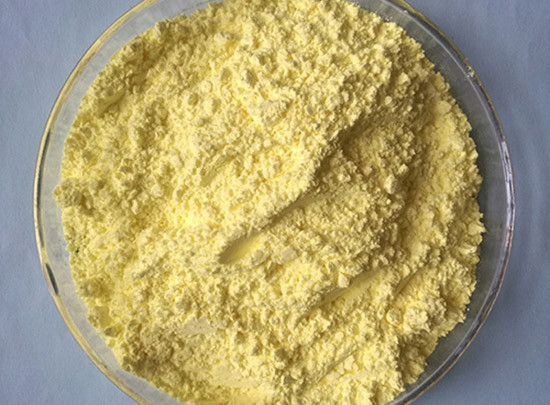

A comparative study of red brick powder and lime as soft soil
The article titled “A comparative study of red brick powder and lime as soft soil stabilizer”, authored by Aisyah Salimah et al., presents a practical study aimed at understanding the laboratory tests with disturbed and undisturbed soil samples where the proportions of lime or red brick powder additives are 0% up to 15% of the soil sample. In …
Stabilization of Subgrade Soil Using Polyacrylamide-Based ,The addition of PAM was found to improve soils’ resistance to moisture absorption. The average increase in the retained strength of soil types A and C was 85.6 and 94.3% respectively compared to the untreated ones. Soil type B, on the other hand exhibited a 146.6% increase in strength when treated with PAM.


Fill Dirt vs. Topsoil: Differences and Which to Use – The Spruce
Fill dirt is a combination of natural materials, like rock, sand, and shale, used to—you guessed it—fill in a hole or change property elevation. Topsoil, on the other hand, is dirt fortified with nutrients usually used for gardens and grass. Learn about all the differences between fill dirt and topsoil and which would be best to use if you …
What is a polymer? What is soil stabilizing? – AggreBind,Soil Stabilizing is a way of improving the weight bearing capabilities and performance of in-situ sub-soils, sands, and other waste materials. The prime objective of soil stabilizing is to improve the CBR (California Bearing Ratio) of in-situ soils by 4 to 6 times. The second soil stabilizing objective is to prevent the ingress of water into …


SOIL STABILIZATION METHODS AND MATERIALS – DiVA
Under this category, soil stabilization depends mainly on chemical reactions between stabilizer (cementitious material) and soilminerals (pozzolanic materials) to achieve the desired effect. A chemical stabilization method is the fundamental of this review and, therefore, throughout the rest of this report, the term soil stabilization will mean
Chemical Stabilization – U.S. Environmental Protection Agency,Chemical stabilizers, also known as soil binders or soil palliatives, provide temporary soil stabilization. They are readily applicable to the surface of the soil, can stabilize areas that cannot establish vegetation, and provide effective protection from wind and stormwater erosion. Categories of chemical stabilizers are as follows: water


Soil Stabilization: The Ultimate Guide to Soils and Soil
The process of applying an enzymatic soil stabilizer is very similar to that of cement, lime, chlorides, and fly ash. Start by ripping the existing soil in order to bring up fresh soil, apply the enzyme-based soil stabilizer, and then compact the soil. The compaction process is the most important part of the process.
GUIDELINES FOR SOIL STABILIZATION | Recommended Practice for ,Guidelines for Stabilizer Selection Soil characteristics including mineralogy, gradation and physio-chemical properties of fine- grained soils influence the soil-additive interaction. Hence stabilizer selection should be based on the effectiveness of a given stabilizer to improve the physio-chemical properties of the selected soil.


Polyacrylamide degradation and its implications in … – Nature
The hydrolyzed form of polyacrylamide (HPAM), a co-polymer of acrylamide and acrylic acid, is the most widely used anionic PAM in oil and gas development as well as in soil conditioning. 1,9,12,21 …
Modulating the physico-mechanical properties of,Along with providing an environment for cell attachment and proliferation, a tissue engineering scaffolds should possess physical and mechanical properties that would fit the target tissue. The present study aimed to manipulate physico-mechanical properties of polyacrylamide/gelatin hydrogels using response surface method-central composite design (RSM-CCD) to reach a scaffold with defined …

